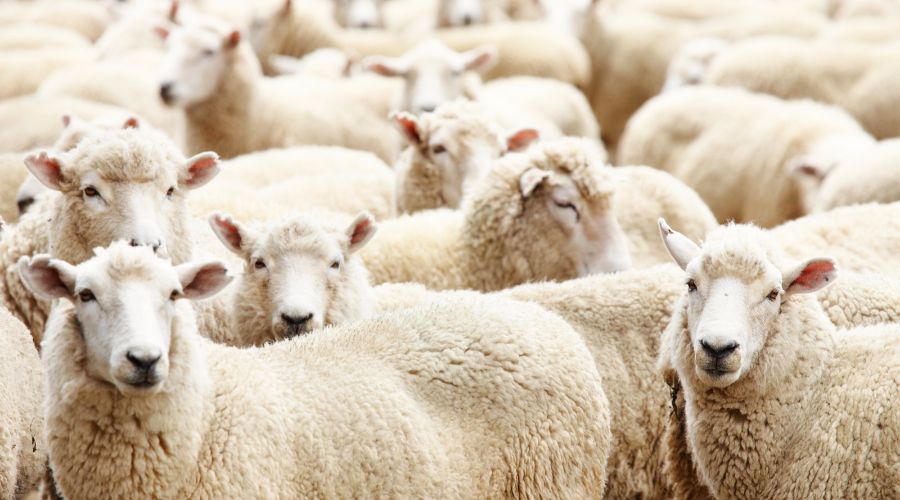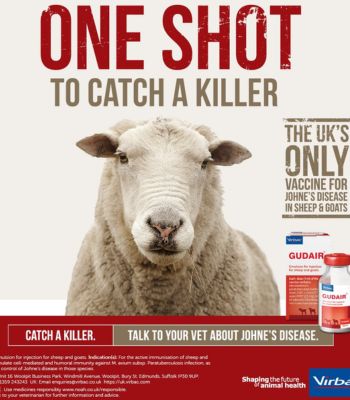Straw poll conducted at ScotSheep 2024 reveals farmers’ worries
25th June 2024
In a straw poll conducted at ScotSheep 2024, 80% of farmers considered thin ewes to be a problem in their flock, 86% had heard of Ovine Johne’s Disease (OJD), however, only 49% had received advice from their vet, and 54% were considering testing.

Given that ScotSheep attendees are the ‘cream of the crop’ of producers, they do still see thin ewes in their flocks, but ‘iceberg diseases’ may not be the first thing that comes to mind.
Ovine Johne’s Disease is known as an ‘iceberg disease’. This means that very often, the number of animals that are showing symptoms of OJD is just the tip of the iceberg, many of the flock will be affected, but there will not be obvious signs.
OJD is known as the ‘silent killer’ as quite often the disease is prevalent in the flock but goes unnoticed as the obvious signs do not show until sheep are three to four years of age.
Consequences of OJD
OJD in a flock results in a shorter productive life for ewes, as sheep can die from two years of age, therefore, there are higher replacement costs.
It has also been shown that there is a reduced percentage of lambing, rearing, finishing, and reduced cull ewe values.
Feed and medicine costs are also often higher, as is the contribution to greenhouse gases.
There is a strong focus by the dairy industry on controlling Johne’s in cattle, however, it must focus on management factors as there is no vaccine available.
In contrast, goat herds and sheep flocks have the opportunity to vaccinate as the vaccine is licensed in both species, however, in the poll only 20% of respondents were aware of Gudair.
Dairy goats now in the Red Tractor Scheme require a health plan that includes Johne’s control.
Gudair’s strategy

The producer, Virbac, said that Gudair is part of a long-term strategy, coupled with effective flock management and hygiene practices, to reduce mortality and clinical disease while at the same time reducing the amount of bacteria shed in the faeces and reducing transmission within the flock.
They added that the use of Gudair has been shown to reduce shedding and mortality by up to 90%, so it is an effective way to help reduce clinical disease and the spread of infection while limiting the impact on productivity.
The first step in controlling OJD is testing the flock and with help from a vet, identifying the most appropriate method for livestock farmers’ requirements.
A Virbac spokesperson said: “The good news is that subsidies are available for iceberg disease testing in England and Wales with the Animal Health and Welfare Pathway and in Scotland with the Preparing for Sustainability scheme, your vet will be able to advise upon accessing these grants.”
Read more livestock news.
